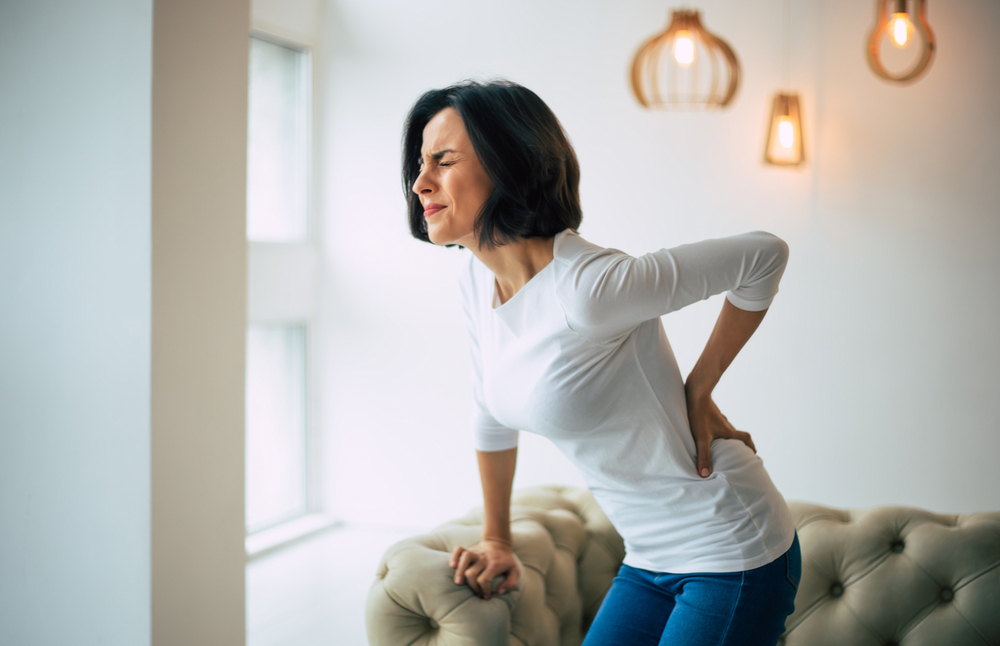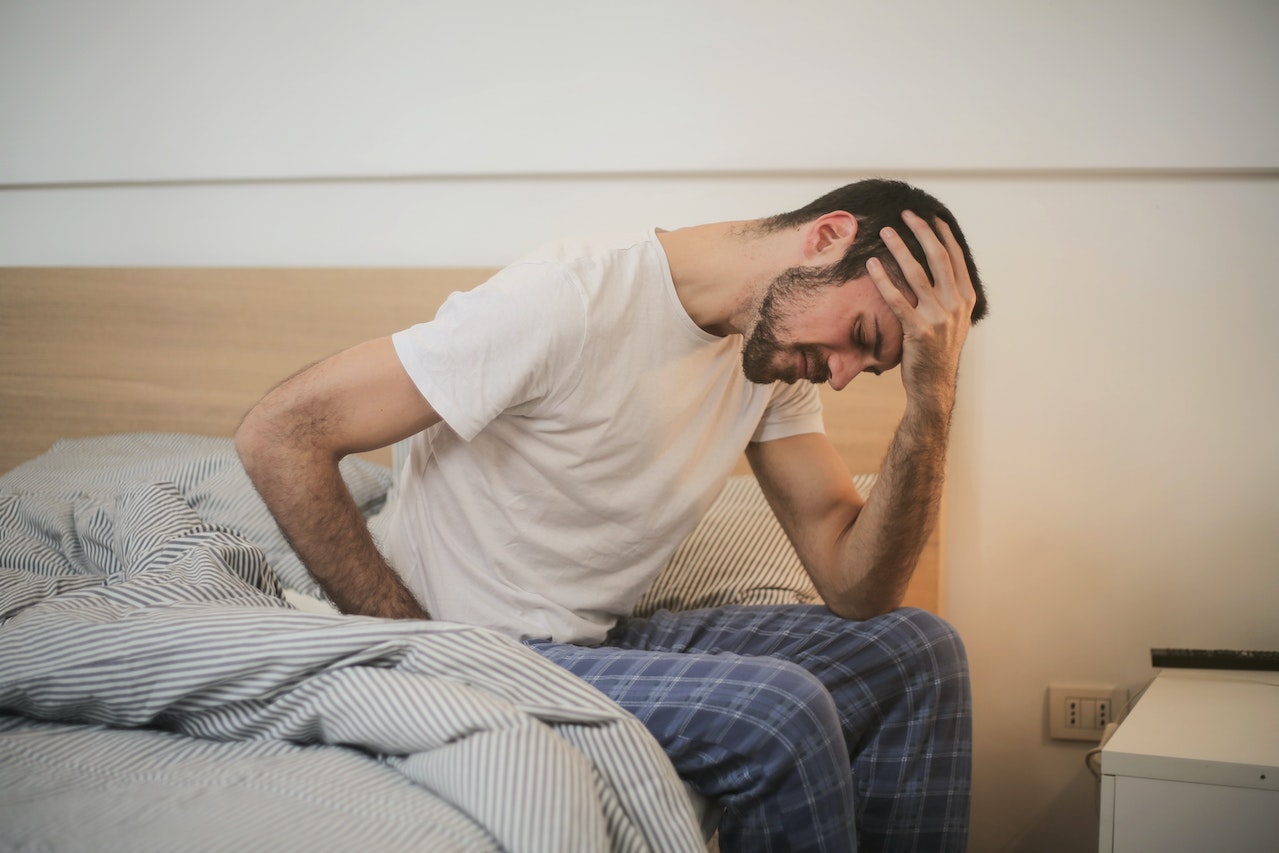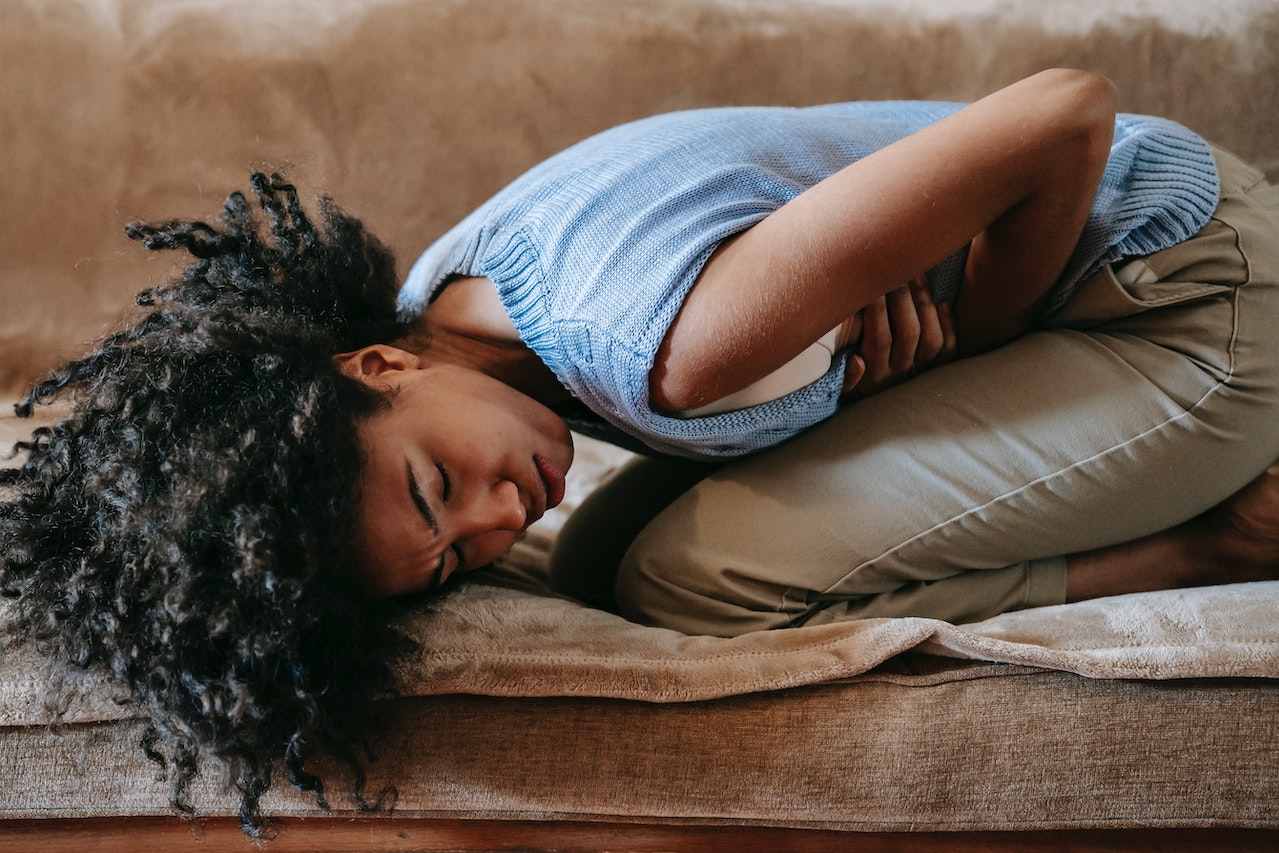10 Ways To Fix Your Age-Related Back Pain


Back pain is one of the most common and debilitating physical conditions. In fact, it is the leading cause of disability in the US. Around 31 million Americans suffer from low back pain at some point, with 50% of working Americans professing to experience back pain each year. Back pain accounts for more than 264 million lost workdays every year. (1)
As we get older, symptoms of age-related back pain increase as discs and joints begin to suffer from wear and tear and other degenerative conditions. Symptoms can include muscle aches, shooting pain, or a burning sensation. Pain may extend down your leg or flare up with activities such as bending, twisting, lifting.
While common causes of back pain are from an injury such as a torn or pulled muscle/ligament, many other symptoms may stem from disease and cause spinal discomfort. (2)
These include:
- Malignancy of the spinal cord.
- A ruptured or herniated disc.
- Sciatica.
- Arthritis.
- Kidney infections.
- Infections of the spine.
Practical Advice For Back Pain Management
By making a few simple lifestyle changes, age-related back pain can be lessened or even staved off. From simple eating habits to light exercise or yoga, here are ten recommendations to help manage or prevent back pain from worsening.
- Diet: Foods high in trans fats may cause body inflammation and lead to weight gain and obesity. Being overweight puts extra strain on the spine and can lead to back pain. Eating a healthy diet high in antioxidants and inflammation-reducing properties not only helps control weight but may also help reduce inflammation in the body. Chronic inflammation may lead to many diseases such as heart disease, diabetes, arthritis, depression, and Alzheimer’s. (3) Plant-based diets may also help reduce pain and inflammation, and study findings support this. (4)
- Weight management: Carrying too much weight can put excess pressure on the spine, causing back pain. The natural curve of the spine can twist out of shape and press on the discs between vertebrae. Muscles and ligaments that support the back can become strained as a result. Healthy weight management can help to reduce or prevent back pain. (5)
- Exercise: Moderate exercise and simple movements can help ease back pain and promote recovery. Strengthening the muscles of the back can help support the spinal region and may prevent and reduce pain. Research has also noted that increased blood flow from exercise can speed up the healing process. Activities such as swimming, walking, aerobics, or other low-impact sports are best. (6)
- Stretches: As we age, the body becomes less flexible and is more prone to injury. Gentle stretching can keep pain at bay, relieve tightness and improve flexibility. (7) Scientific evidence has also shown activities such as yoga can help alleviate pain and improve function in a similar way to some forms of exercise. (8)
- Posture: Improving posture is one solution to alleviating back pain. Repetitive activities such as lifting or carrying can cause stress or tension, as can sitting for long periods in front of a computer or slouching on the couch. By adopting the correct posture, vertebrae are correctly aligned. (9)
- Acupuncture: Some scientific studies have shown that acupuncture can provide short-term pain relief for chronic back pain. Acupuncture may also be safer than conventional treatments for back pain with fewer side effects. (10)
- Massage: Getting a massage is like giving your back a holiday. Massage can reduce pain and promote circulation, leading to a speedier recovery. Massage can foster relaxation and help to enhance sleep. Improved sleeping patterns can quicken healing and recovery times. (11)
- Sleep well: New research has found that sleeping longer can improve the ability to withstand pain the following day. (12) During sleep, a person’s ability to recover increases enormously. The brain can attend to other areas by releasing hormones that encourage tissue growth, helping to repair painful or damaged muscles. (13)
- Ice packs and heat pads: These can speed recovery and ease pain from backache. When an injury or strain first strikes, use an ice pack to help reduce inflammation and stem any internal bleeding. After a couple of days, use a heated pad, heat-lamp, or a warm bath to soothe and relax muscles and encourage blood flow. (14)
- Meditation: A study carried out on 88 patients with nonspecific chronic lower back pain showed mindfulness meditation was successful for reducing pain compared with patients who only received conventional medical care. Meditation is a great way to improve concentration, release endorphins (the feel-good hormone), and decrease anxiety and stress. Mindful meditation may help control the way the body perceives pain. (15)
Other Treatments For Back Pain
Discovering the root cause of back pain can sometimes be complex and time consuming. However, knowing when to visit a health professional or general practitioner is paramount. If back pain persists, your doctor can prescribe certain medications or recommend pain-relief creams. A doctor may also suggest physiotherapy or visiting an osteopath for more thorough treatment.
However, not all causes of back pain are correctly diagnosed, with ongoing treatment being so costly. Sometimes mistakes are made, and it can seem like eternal suffering and discomfort for patients waiting for answers or remedies.
Alternative Home Therapy
Back pain can be relentless and very uncomfortable for many patients. The constant discomfort that blights their lives and prevents them from carrying out everyday tasks is unending.
Now, with the advancement of our knowledge and understanding, new answers can be found that could help back pain sufferers around the globe.
Back Pain Relief 4 Life is a simple alternative to conventional treatments that often do not work.
It utilizes a combination of 8 unique daily movements that are widely unknown, targeting specific muscle imbalances.
Adding Back Pain Relief 4 Life into one’s daily routine requires just 20 minutes per day, a space to lie down, a firm cushion, and a chair. With easy-to-follow video instructions, back pain may be a thing of the past. Customer reviews are a testament to the effectiveness of the groundbreaking program.
Conventional medicine and diagnosis can cost thousands of dollars. But this simple and inexpensive program can save you money and help banish the back pain blues.
Sources
- https://www.acatoday.org/Patients/What-is-Chiropractic/Back-Pain-Facts-and-Statistics
- https://www.healthline.com/health/low-back-pain-acute
- https://www.health.harvard.edu/staying-healthy/foods-that-fight-inflammation
- https://www.ncbi.nlm.nih.gov/pmc/articles/PMC7141322/
- https://my.clevelandclinic.org/health/articles/10040-spine-structure-and-function
- https://www.medicalnewstoday.com/articles/323204
- https://www.medicalnewstoday.com/articles/lower-back-stretches#stretches
- https://www.nccih.nih.gov/health/providers/digest/yoga-for-pain-science#:~:text=A%202018%20report%20by%20the,(6%20to%2012%20months)
- https://www.spine-health.com/blog/7-ways-relieve-back-pain-naturally
- https://www.webmd.com/back-pain/guide/back-pain-and-acupuncture
- https://www.health.harvard.edu/pain/sore-back-try-a-massage
- https://www.jneurosci.org/content/39/12/2291
- https://niach.ernesthealth.com/how-sleep-helps-healing
- https://health.clevelandclinic.org/back-pain-your-spine-and-father-time/
- https://pubmed.ncbi.nlm.nih.gov/26170592/









